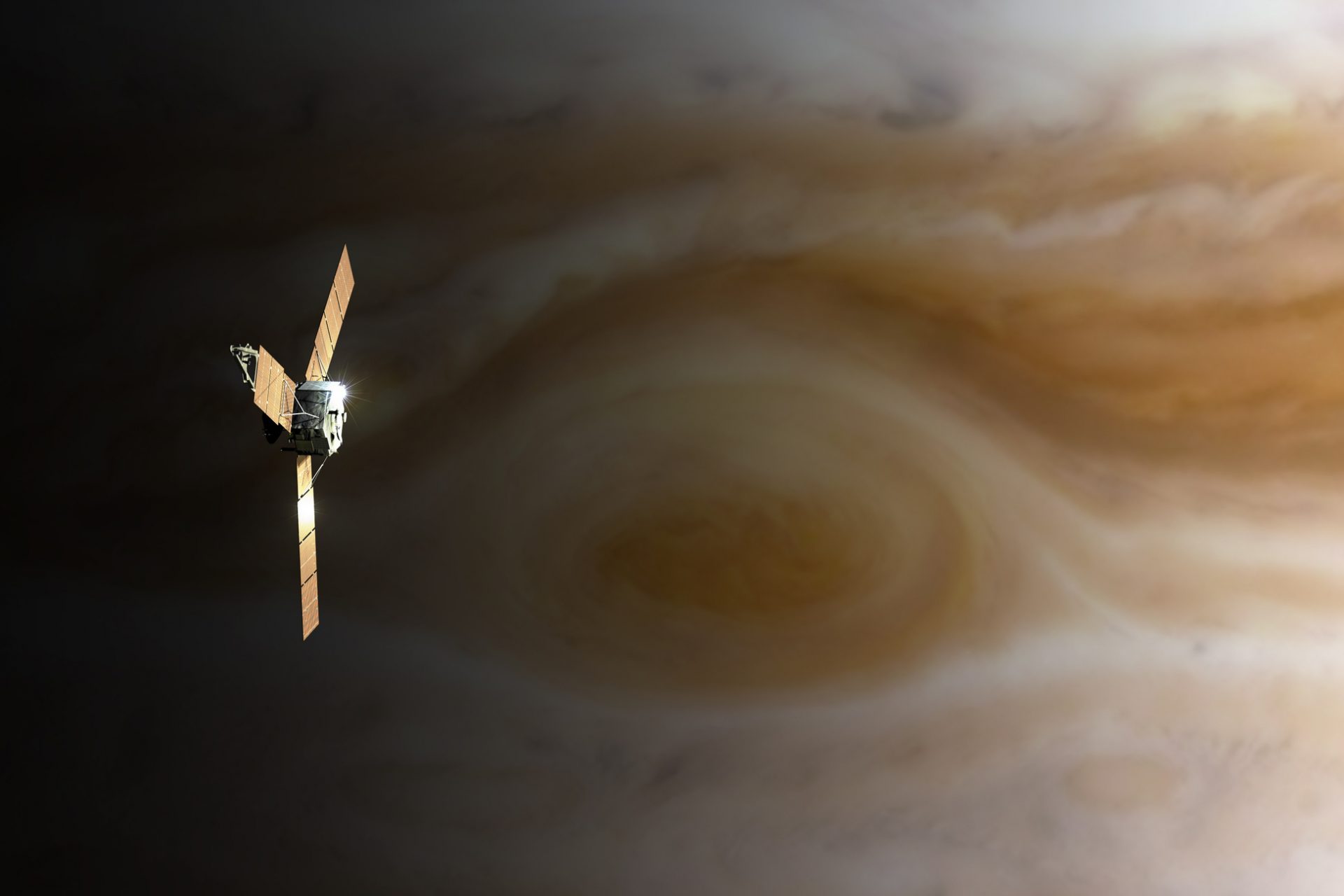NASA has captured some stunning updated images of Jupiter
NASA recently released new images of Jupiter, transmitted back to Earth by the space agency's Juno probe. In orbit around the gas giant since July 2016, this space probe has been helping researchers better understand the planet and has deepened our knowledge of the gas giant.
Being a gas planet, Jupiter is in perpetual motion, with violent winds that constantly change its appearance. This characteristic provides scientists and astronomy enthusiasts with new images every day.
Image: NASA
Jupiter is the largest planet in the solar system, with an impressive diameter of 139,822 km, eleven times that of Earth, and a colossal mass of 1.9 × 10²⁷ kg, equivalent to 318 times that of our planet, according to the Canadian Space Agency. These dimensions are all the more astonishing given that it is a gaseous planet.
Image: NASA
At the Great Red Spot, a gigantic anticyclone in the planet's atmosphere, winds can reach up to 700 km/h. At the poles, even more powerful winds, reaching 1,450 km/h, have been detected thanks to the Alma radio telescope network, under the direction of the European Southern Observatory (ESO).
The Juno probe is now in the final phase of its mission, which will end in September 2025. Until then, we look forward to discovering new fascinating images of Jupiter!
Images: NASA / JPL / SwRI / MSSS / Gerald Eichstädt (left) // NASA / JPL / SwRI / MSSS / Gerald Eichstädt (right)
More for you
Top Stories

























